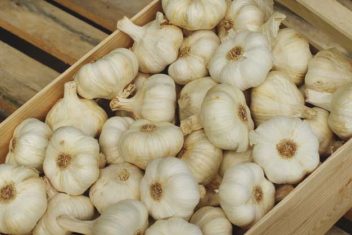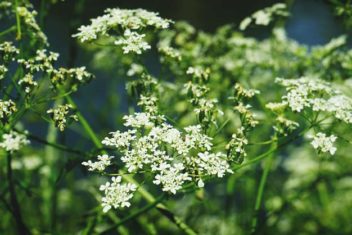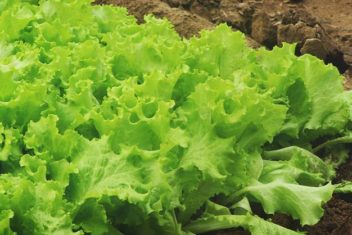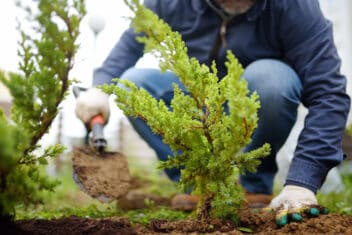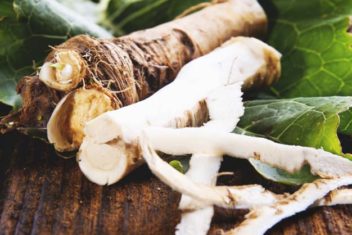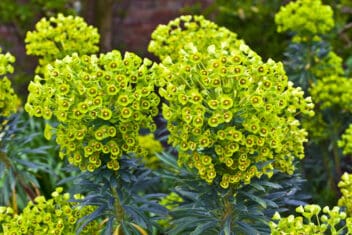Savory is an underappreciated herb. It has a wonderful peppery taste without being too spicy. The plant looks like a cross between rosemary and thyme, and it’s the ultimate lure for bees, attracting them instantly with its aroma. I swear I can taste the spiciness in my honey. Whether you are growing savory for cooking or for health reasons, it’s a wonderful herb to have because it’s so versatile.
Savory is one of the oldest recorded herbs, used during the Roman era for its medicinal and culinary properties. It’s valued for its antiseptic properties and usefulness in supporting the digestive tract.
It’s also used as a flavoring in cooking, as a tea, as an astringent, and as an antiseptic in facial steams or baths for oily skin. The dried leaves stimulate the appetite and ease indigestion and flatulence. Savory can also be used as an antiseptic gargle.

Savory Varieties
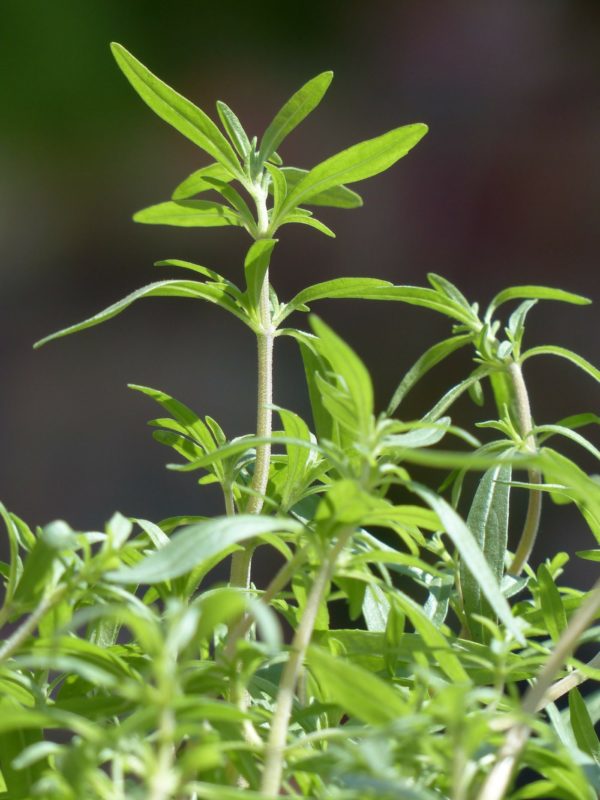
Summer Savory
Summer savory is an annual variety that has a pleasing aroma that reminds me of mint combined with thyme. It’s the most common variety available and indispensable in the kitchen.
Winter Savory
Winter savory is a perennial. It has a less pleasing texture than the annual variety and needs protection in winter if you live in a cold area. It grows to about 12 inches and needs regular pruning because it can get a bit leggy. Winter savory is better for thick stews and meat dishes – perfect for a homey meal on a cold night.
Lemon Savory
If you like lemony herbs, then this is one for you. Lemon savory is a tender perennial, so if you live in an area that gets cold, it’s best to grow it in a pot so you can move it to warm areas when necessary. You can dry the leaves and they will retain their beautiful lemon flavor and aroma.
Creeping Savory
Creeping savory is a hardy perennial that can tolerate cold as well as humidity and heat. It needs good drainage and oodles of sunshine.
How to Grow Savory
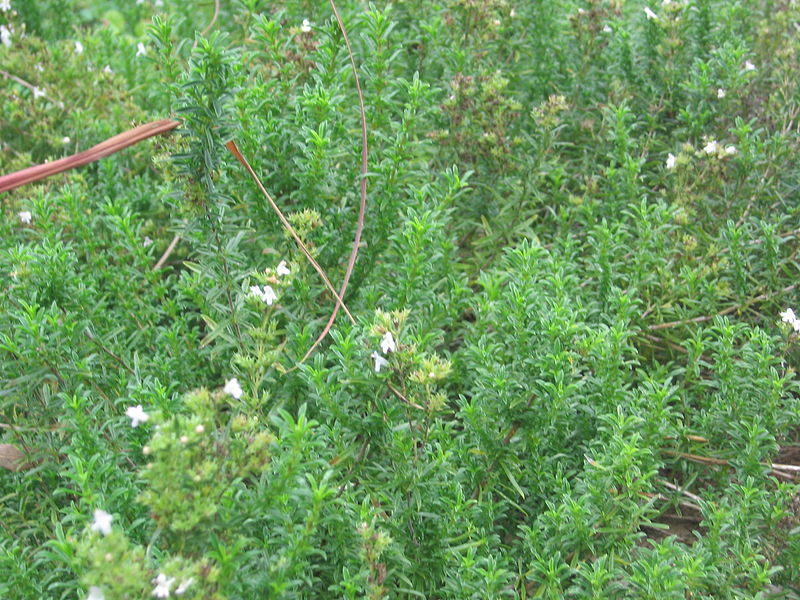
Zones
Plant savory in zones 6-9. If you grow the annual variety you can plant in the garden. I grow the perennial in pots so I can move them to warmer areas when the temperature drops.
Sun and Soil Requirements
Choose a spot in full sun, though savory can survive in part sun.
Soil pH should be around 6.7 and 7.3. Savory doesn’t like wet feet, so give it well-drained soil that’s rich in organic matter.
When to Plant Savory
Whether you plant the annual or perennial, plant in spring after the last frost.
You can get a head start and plant seeds indoors 6-8 weeks before the last frost. Harden off for a week and then put in the garden when seedlings are 4-6 weeks old.
Propagation
There are three ways to propagate savory.
- Sow seeds and sow in autumn or spring in pots. Plant seeds 1/8-1/4 inch deep. Thin out to one plant per pot and transfer into the garden or a bigger pot when ready.
- Divide existing plants in the spring or autumn.
- Take cuttings in the summer and bring on in a pot.
Spacing
Plant savory 12 to 18 inches apart to ensure proper airflow. I only plant one per year and find the harvest is sufficient for one household. That includes the harvest I put in the food dryer to use in cooking throughout the year.
Caring for Savory
Fertilizer
Dig in well-rotted manure or general fertilizer before sowing seed or planting seedlings. Savory doesn’t need further feeding except for a side feed of well-rotted manure mid-season.
Watering
Water young plants well. Once savory is well established, it will tolerate a little dry soil.
Common Problems and Solutions for Growing Savory
Savory doesn’t have many pests and even fewer diseases. I’ve gone through multiple seasons in a row and had no issues. The secret is to practice good garden hygiene. If any of your plants get infested and you can’t save it, pull the plant and throw it in the garbage or burn it. Don’t place it in the compost heap.
Leafhoppers
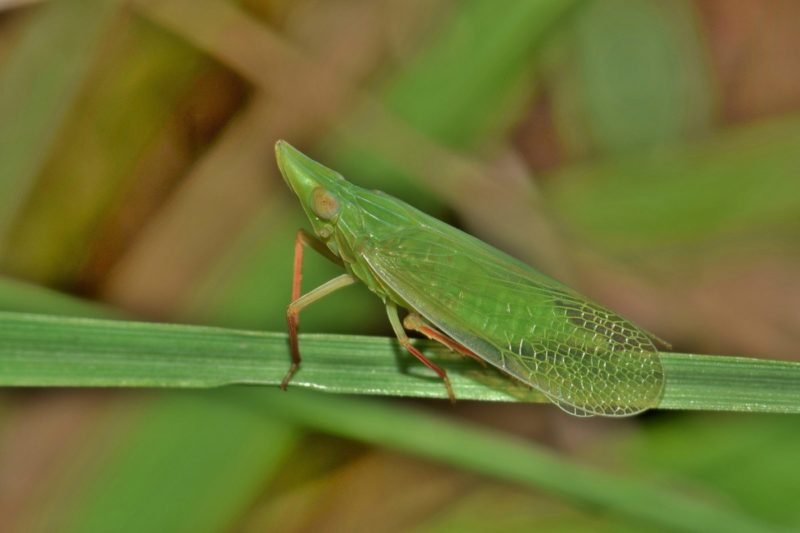
These little insects are everywhere and it’s often a matter of control rather than avoiding them. Try to identify leafhoppers early because they suck the sap from the plants, leaving them yellow and stunted. I use diatomaceous earth or insecticidal soap to kill them off.
Spider Mites
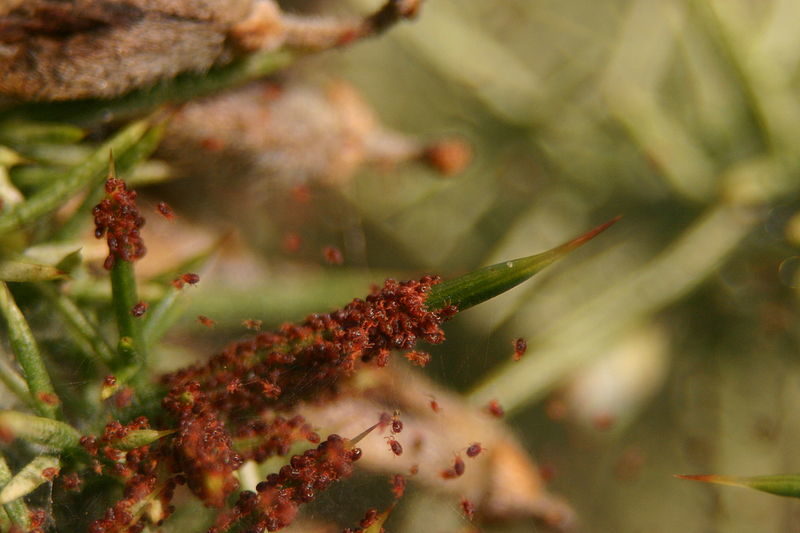
Spider mites live in clusters on the undersides of growing savory leaves. They suck the plant’s fluids and can wreak havoc on your garden. Cut any leaves that are infested and throw in the garbage. I’ve found the best way to get rid of them is to use organic pyrethrum to kill the adults and then keep them away using neem oil.
Aphids
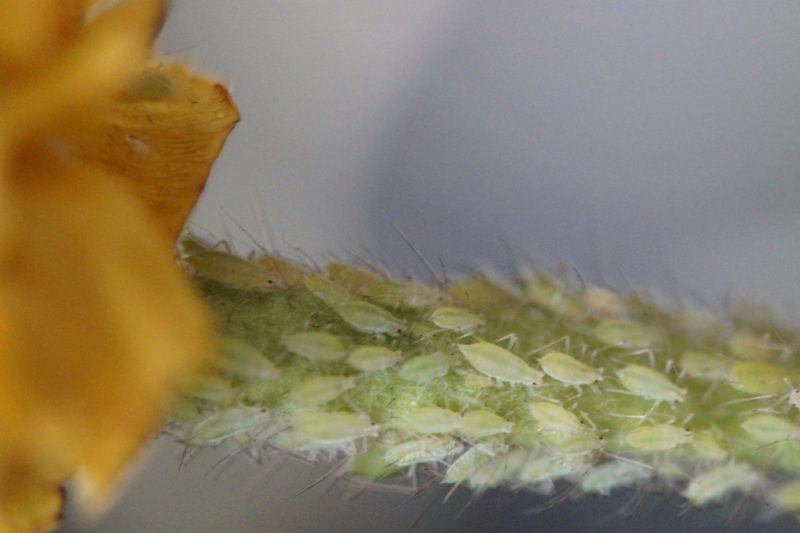
These little bugs can destroy a plant if you let their population grown. They literally suck the life from your plant. My favorite method to control them is neem oil applied three times with three weeks in between each application. Sometimes it takes a while, so be vigilant and check for aphids throughout the season.
Leaf Roller Caterpillar
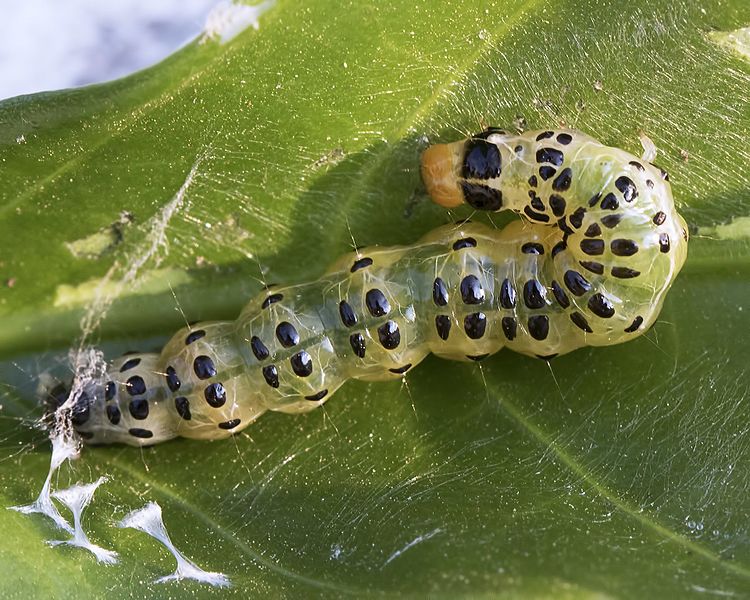
Leaf roller caterpillars will roll leaves up and feed on the inner surface. They eat through the leaf as they mature. I use a good organic insecticide and if I see one on a leaf, I pull the it off and throw it in the garbage.
Companion Plants for Savory
Try growing savory with the following plants:
- Beans
- Melons
- Onions
- Garlic
- Tomato
Don’t grow savory with cucumber.
How to Harvest and use Savory
Pick the leaves right before flowering when plants are at least 6 inches tall.
I add savory to sautéed beans to give them a little kick. Use summer savory for fresh beans and winter savory for dried beans. Add finely chopped leaves to horseradish sauce or make a summer jelly from grape juice and a little finely chopped savory.
If you like the taste of savory, but want a more subtle flavor, steep the stems in wine vinegar or olive oil. Savory is also perfect for those on a salt-restricted diet because the leaves have such a strong and persistent flavor. Adding savory to a dish helps food taste good even with little salt added.
Storage
Keep fresh leaves in a clean plastic bag in the refrigerator or chop finely, add a little water and freeze in ice cubes.
My favorite method is to dry and use in a herb mixture or on its own to flavor cooking right through the year.
I recommend that you try growing savory because it’s the most versatile herb I’ve ever grown. If you give it a go, we’d love to hear your experiences





